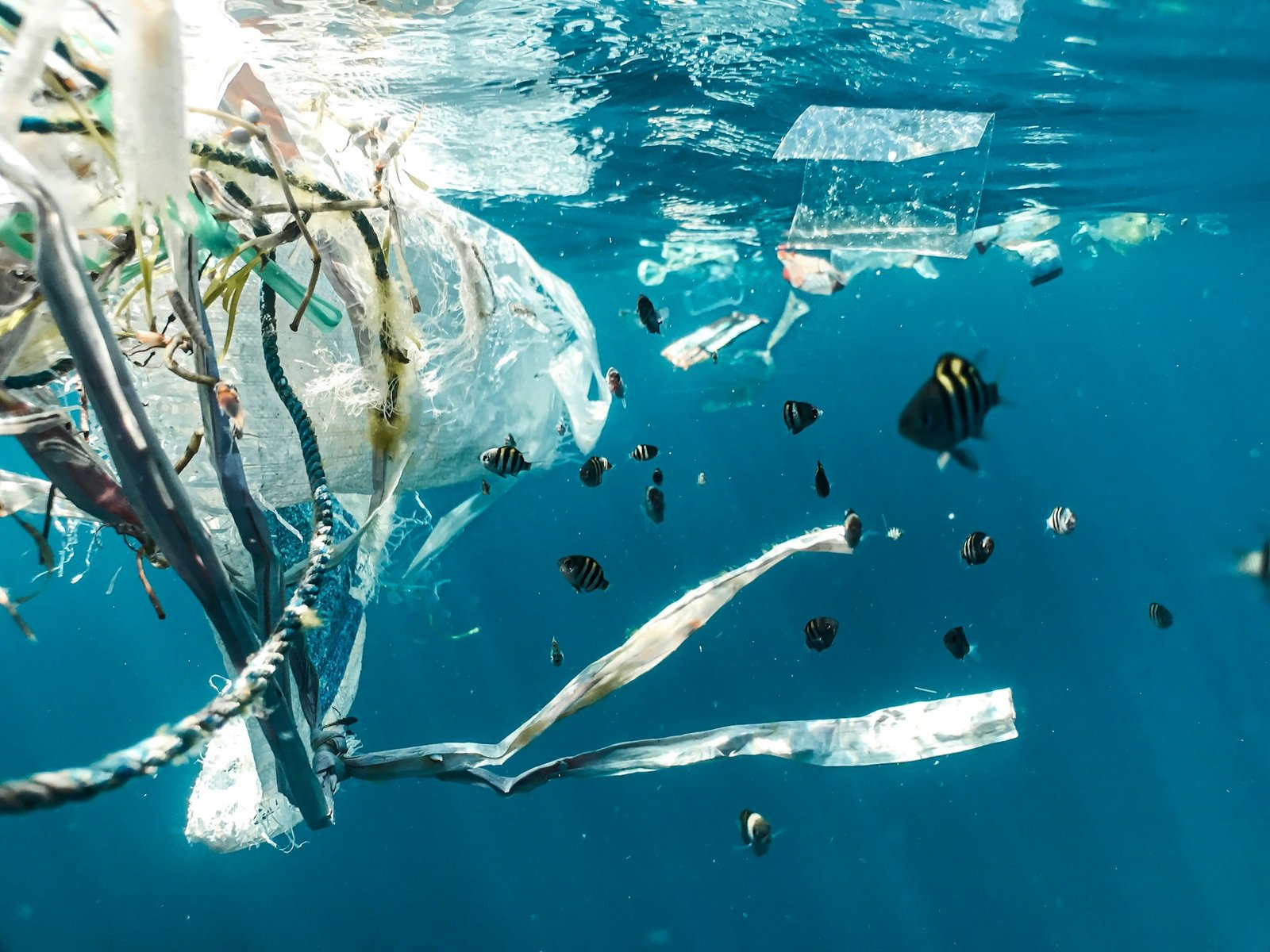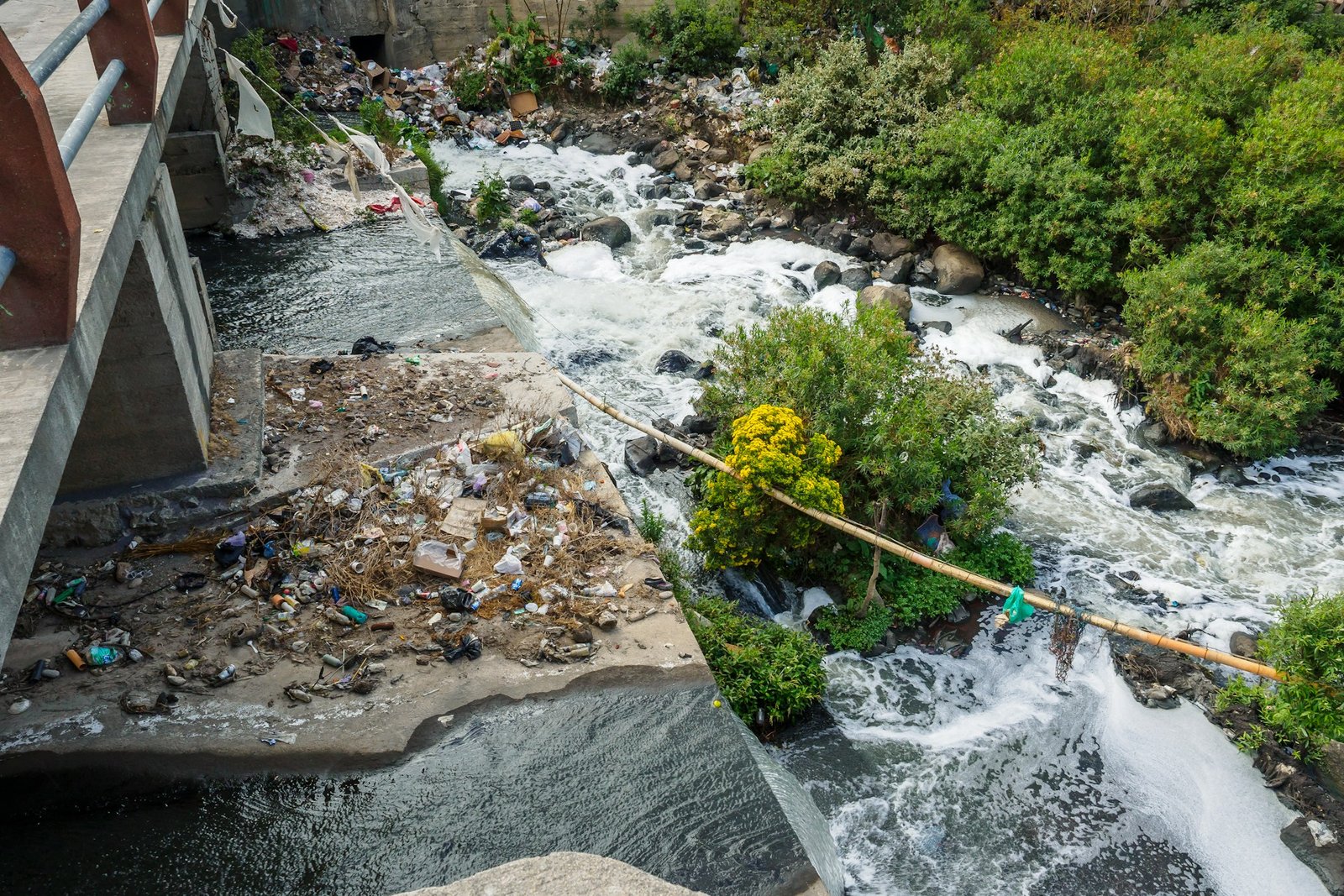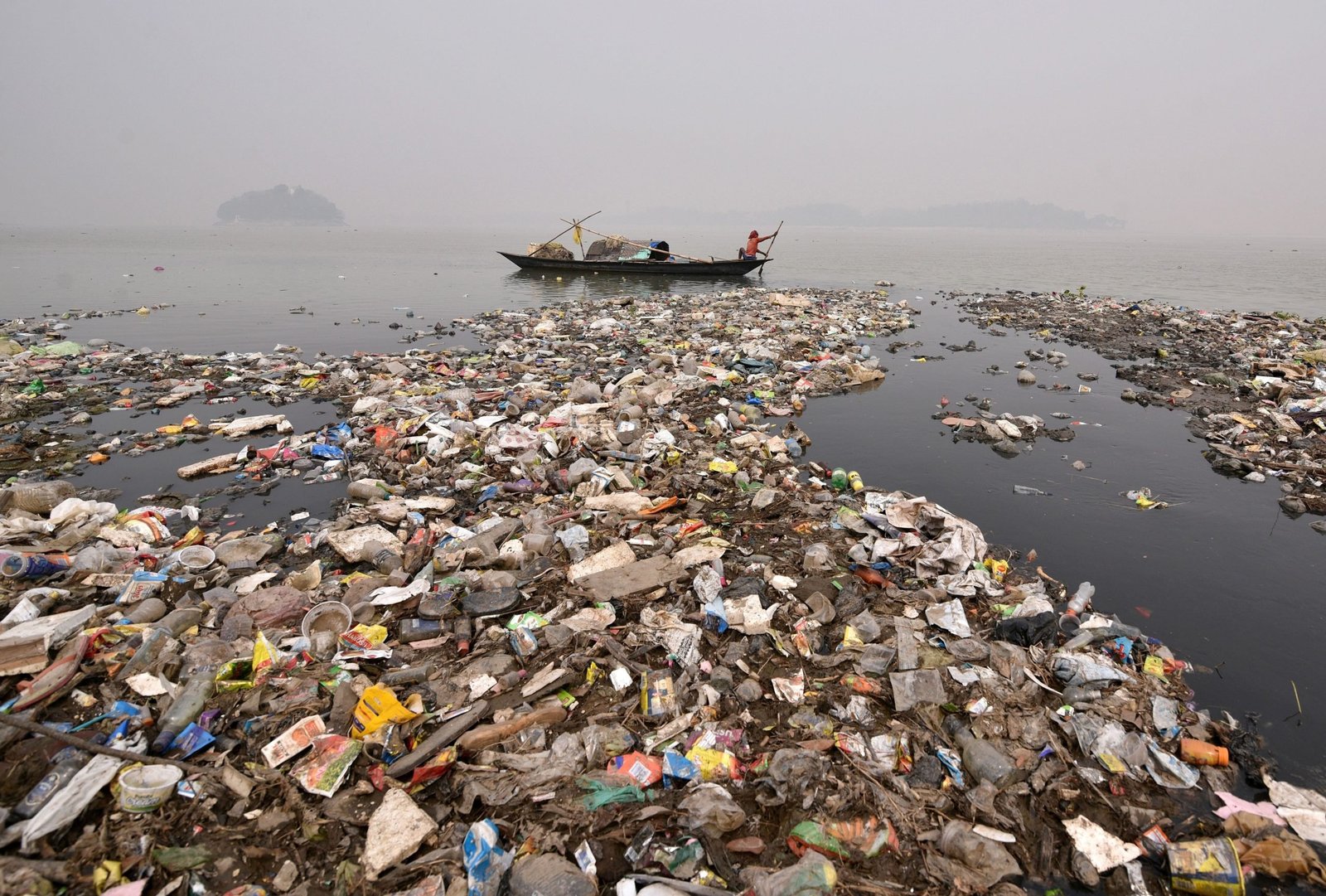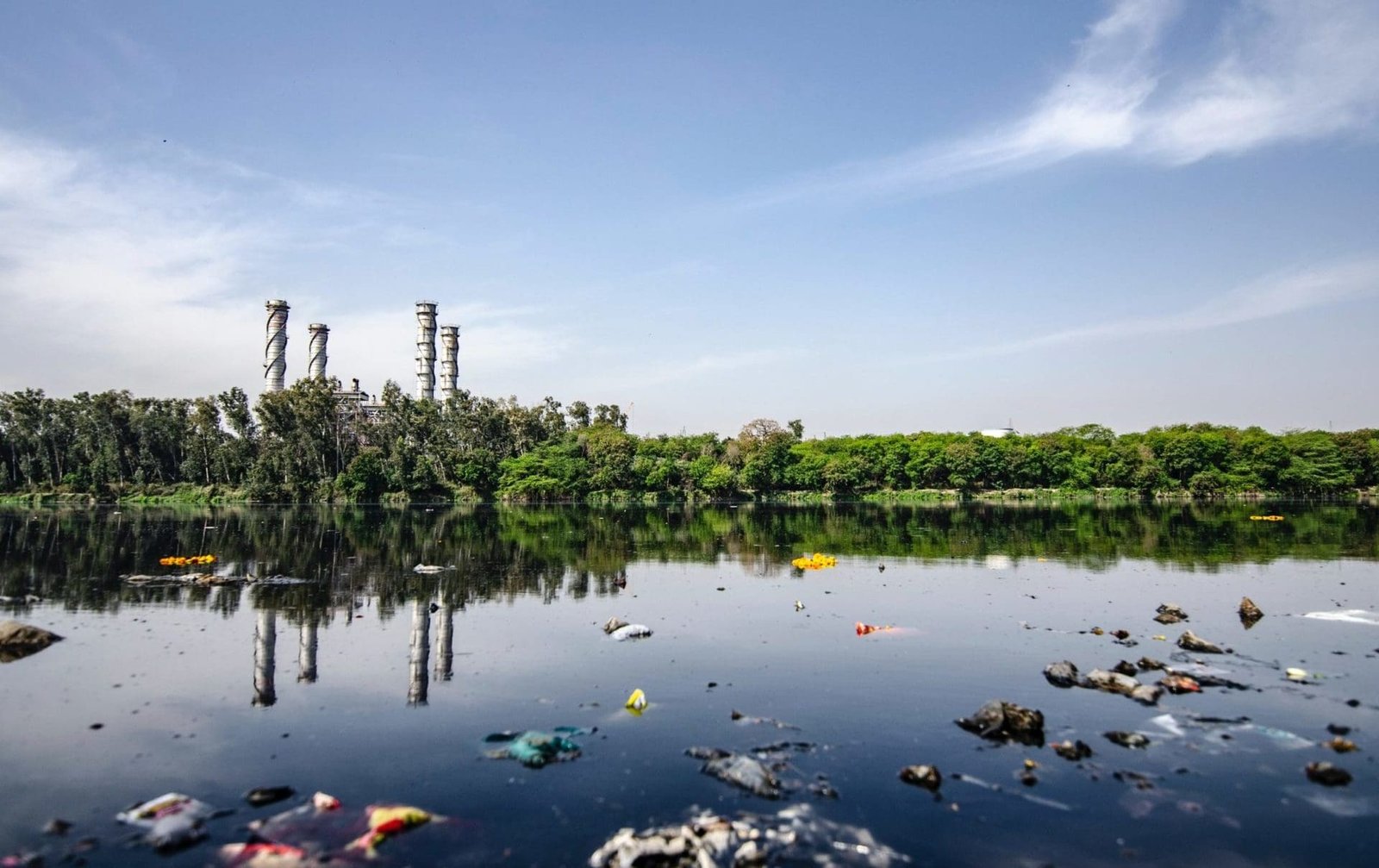Water pollution is a serious environmental issue that occurs when harmful substances contaminate water bodies, such as rivers, lakes, oceans, and groundwater. This pollution can have detrimental effects on the ecosystem, human health, and overall water quality. Here’s a comprehensive overview of water pollution, including its causes, types, effects, and possible solutions:
Causes of Water Pollution:
Industrial Discharges: Factories and industries release various pollutants into water bodies, including chemicals, heavy metals, and toxins.
Agricultural Runoff: Pesticides, fertilizers, and herbicides used in agriculture can wash into rivers and lakes, causing water contamination.
Urban Runoff: Stormwater runoff from urban areas carries pollutants such as oil, heavy metals, and debris into water bodies.
Wastewater Disposal: Improper sewage and wastewater disposal from households and industries can introduce pathogens and pollutants into water sources.
Oil Spills: Accidental or deliberate oil spills in oceans and rivers can have severe and long-lasting impacts on aquatic ecosystems.
Plastic Pollution: Improper disposal and accumulation of plastic waste in water bodies pose a significant threat to marine life and water quality.
Mining Activities: Mining operations release pollutants, including heavy metals and sediments, into nearby water sources.
Atmospheric Deposition: Airborne pollutants, such as mercury and acidic compounds, can be deposited into water bodies through precipitation.
Types of Water Pollution:
Surface Water Pollution: Contamination of rivers, lakes, and oceans due to direct discharges or runoff from the land.
Groundwater Pollution: Contamination of underground water sources, often resulting from the percolation of pollutants from the surface.
Microbial Pollution: The presence of harmful microorganisms like bacteria, viruses, and parasites that can cause waterborne diseases.
Chemical Pollution: Introduction of toxic chemicals, heavy metals, and industrial pollutants into water, affecting both aquatic life and human health.
Nutrient Pollution: Excessive levels of nutrients, primarily nitrogen and phosphorus, lead to issues like algal blooms and oxygen depletion.
Thermal Pollution: Discharge of heated water from industrial processes, power plants, or other human activities, causing temperature changes in water bodies.
What Is Water Pollution?
Water pollution is the contamination or introduction of harmful substances into water bodies, such as lakes, rivers, oceans, groundwater, and other aquatic systems. This contamination can be caused by various human activities, industrial processes, or natural processes, leading to adverse effects on the quality of water. Water pollution can take many forms, including pollutants such as chemicals, toxins, microorganisms, and debris.

Key Characteristics of Water Pollution:
Contaminants: Water pollution involves the presence of substances that can harm the natural composition of water. These contaminants may include chemicals, heavy metals, pathogens, nutrients, and other pollutants.
Sources: Pollution can originate from point sources (specific, identifiable locations like industrial discharge pipes) or non-point sources (diffuse sources like agricultural runoff or urban stormwater runoff).
Impact: Water pollution can have widespread impacts on aquatic ecosystems, human health, and overall environmental well-being. It may lead to the degradation of water quality and the disruption of aquatic life.
Transport: Pollutants can be transported through water bodies, affecting downstream areas. Rivers, streams, and currents can carry contaminants over long distances, leading to regional or even global consequences.
Sewage and wastewater
Sewage and wastewater are terms used to describe the liquid and solid wastes generated from various human activities, including domestic, industrial, and commercial processes. Managing sewage and wastewater is crucial for environmental protection and public health. Here’s an overview of sewage and wastewater, including their composition, treatment, and the importance of proper disposal:
Composition of Sewage and Wastewater:
Domestic Sewage:
Originates from households and includes water from toilets, showers, sinks, and kitchen appliances.
Contains organic matter, nutrients, suspended solids, and potentially harmful microorganisms.
Industrial Wastewater:
Arises from industrial processes and can contain a diverse range of pollutants such as chemicals, heavy metals, and various contaminants specific to the industry.
Commercial Wastewater:
Comes from commercial establishments and can include pollutants from activities such as restaurants, car washes, and laundries.
What type of water is being impacted?
Water pollution can impact various types of water, including surface water and groundwater. Here’s a breakdown of the different types of water bodies that can be affected by pollution:
Surface Water:
Rivers and Streams: Flowing water bodies that may be impacted by pollutants from point and non-point sources.
Lakes and Reservoirs: Still or slow-moving bodies of water that can accumulate pollutants and experience algal blooms.
Oceans and Seas: Large bodies of saltwater that are vulnerable to pollution from industrial discharges, shipping activities, and oil spills.
Estuaries: Transitional zones where rivers meet the sea, serving as critical habitats, but susceptible to pollution from both land and marine sources.
Groundwater:
Aquifers: Underground layers of permeable rock or soil that store and transmit groundwater. Pollution of aquifers can occur from surface activities or underground contamination.
Wells and Springs: Sources of drinking water that can be impacted if groundwater is polluted.
Other Water Bodies:
Wetlands: Ecologically important areas that can be affected by pollutants from upstream sources, impacting both terrestrial and aquatic habitats.
Ponds: Small, standing water bodies that may be affected by pollutants, especially in urban and agricultural areas.
Types of Water Pollution and Their Targets:
Surface Water Pollution:
Point Source Pollution: Discharges from specific, identifiable locations like industrial outfalls or sewage treatment plants.
Non-Point Source Pollution: Diffuse pollution from multiple sources, such as agricultural runoff or urban stormwater runoff.
Groundwater Pollution:
Point Source Contamination: Injection of pollutants directly into the ground from specific locations, like leaking underground storage tanks.
Non-Point Source Contamination: Diffuse contamination from activities like agricultural chemical application or septic system leaching.
Marine Pollution:
Oil Spills: Accidental or deliberate releases of oil in oceans or seas, impacting marine life and ecosystems.
Plastic Pollution: Accumulation of plastic debris in marine environments, posing threats to marine organisms.
Nutrient Pollution:
Eutrophication: Excessive nutrients, primarily nitrogen and phosphorus, can lead to algal blooms and oxygen depletion in both surface water and coastal areas.
Microbial Pollution:
Waterborne Diseases: Pathogenic microorganisms in water sources can cause health issues, affecting both surface water and groundwater.
Internal Link – Ragdi









